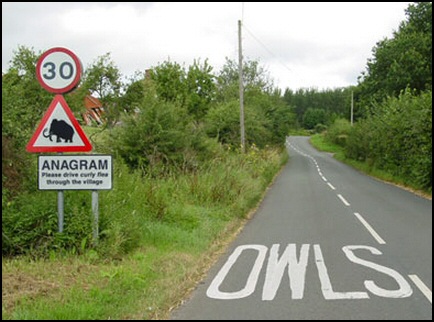1 2 Odds In Decimal
Calculator Use
Loading.please wait. If the data can not be loaded in 20 seconds,please reload. New customers only – Minimum deposit of £10 using deposit code FB10 – A qualifying bet is a ‘real. In decimal odds, odds-on selections will be expressed as values between 1.0 and 2.0 Many websites use the decimal format as standard when displaying the prices of sporting events. In fact, decimal odds are commonly used all over Europe. They are popular because they are so easy to understand, displaying the total return from a 1 unit stake. UK Fractional Odds Converter, Decimal to American Odds. Most UK and Ireland bookmakers display fractional odds, e.g 1/3, 1/2, 2/1, 10/1, 1/1 (evens) etc. With roots in horseracing fractional odds are by far the most dominant format to express prices in.
Convert stated odds to a decimal value of probability and a percentage value of winning and losing. This calculator will convert 'odds for winning' an event or 'odds against winning' an event into percentage chances of both winning and losing.
Be careful if you are using sports teams odds or betting odds. If you see that the Patriots super bowl odds are 9/2, that is most likely 'odds against' and should be entered in the calculator with 'Odds are: against winning.'
When playing a lottery or other games of chance be sure you understand the odds or probability that is reported by the game organizer. A 1 in 500 chance of winning, or probability of winning, is entered into this calculator as '1 to 500 Odds are for winning'. You may also see odds reported simply as chance of winning as 500:1. This most likely means '500 to 1 Odds are against winning' which is exactly the same as '1 to 500 Odds are for winning.'
Probability Formulas:
This calculator will convert 'odds of winning' for an event into a probability percentage chance of success.
1 2 Odds In Decimal

4 1 2% As Decimal
Odds, are given as (chances for success) : (chances against success) or vice versa.
If odds are stated as an A to B chance of winning then the probability of winning is given as PW = A / (A + B) while the probability of losing is given as PL = B / (A + B).
For example, you win a game if you pull an ace out of a full deck of 52 cards. Pulling any other card you lose. The chance of winning is 4 out of 52, while the chance against winning is 48 out of 52 (52-4=48). Entering A=4 and B=48 into the calculator as 4:48 odds are for winning you get
6 1 2% As Decimal
For 4 to 48 odds for winning;
Probability of:
Winning = (0.0769) or 7.6923%
Losing = (0.9231) or 92.3077%
'Odds for' winning: 1:12 (reduced from 4:48)
'Odds against' winning: 12:1 (reduced from 48:4)
Further Reading
Implied probability is basically the conversion of odds into a percentage. That percentage then shows the likelihood of an outcome happening based on the size of the odds. High odds suggest a low probability of something happening, while low odds suggest a high probability of something happening.
For example, imagine a tennis player is +200 to win an upcoming match. This would be 3.00 in decimal odds, and 2/1 in fractional odds. The implied probability for these odds is 33.33%. In this example, the odds suggest that the player has a 33.33% chance of winning the match.
In sports, the probability of something happening is usually subjective. There are several factors to take into account and there’s always a chance of the unexpected. No one can state definitively the exact probability of a player or team winning a game they’re taking part in. There’s an element of personal opinion involved.
Calculating the implied probability is useful though. It helps us decide whether or not we think a bet offers any positive value. We should always look for positive value when betting, and it exists when our estimated probability of an outcome happening is greater than the implied probability that the odds on that outcome suggest.
Confused? Don’t worry! It’s not as complicated as it may seem. To make this easier to understand, let’s continue with the example of the tennis player at +200 to win his match. As we’ve said, the implied probability here is 33.33%. So if we think that the player has a GREATER than 33.33% of winning, then it makes perfect sense to bet on him. If we think his chances are less than 33.33%, it’s wise not to bet on him.
If you’d like a more complete explanation on this subject, there’s an article in our sports betting guide that explains value and implied probability in further detail.